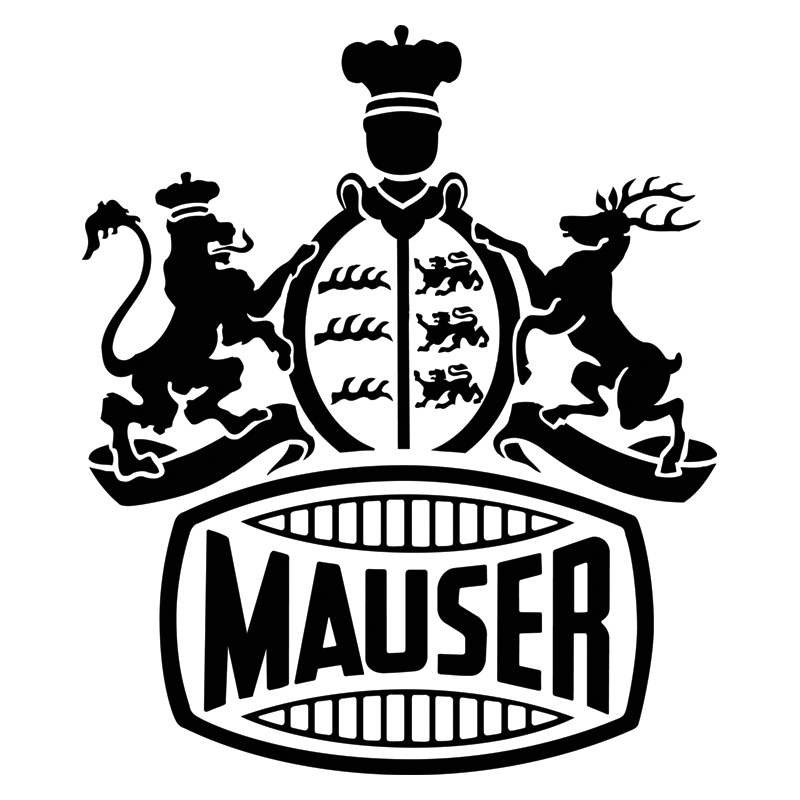one of us
| These Lyman cocking piece sights work well. What informed gunsmiths of the day did was to put screws or pins in the bottom of the bolt shroud then file or grind them to length so the bolt locked into battery without movement. Even without this modification they work just fine for a hunting rifle. Another good thing about them is if you don�t like it, just change the cocking rod. I have shot several rifles with the one like yours, also the ones that have windage without problems.  |
| | |
one of us
| The Rigby and German version are far more stable platforms. The Lyman looks nice, and it makes a great aperature for using barrel sights, but it is not the best choice for a lone rear sight on a custom rifle. With your bolt closed, try moving your cocking piece from left to right, up and down. Most have about 3 or four minutes of play in them. Add that to a 1-2 minute rifle and a 2-3 minute shooter and you've just wounded a deer.
I don't like the looks of the Lyman 48 or 57. The 35 is by far the nicest, but that failed along with the cocking piece sight because it too mounts to a moving part (although the bolt release is more stable than the cocking piece).
The other problem with the Lyman is that it folds down against the stock. You only have to open the bolt once with the sight folded, and you have to repair the nose of the comb.
Trust me on all of this, I've had about 1/2 dozen of the Lymans on rifles. |
| | | Posts: 2037 | Location: Roebling, NJ 08554 | Registered: 20 January 2002 |   IP
IP
|
|
one of us
| The 1903 Springfield was a military rifle and not every part is a close fit. The pin(s) or screw(s) help lock the shroud up tight in the same position each time, which helps hold the sight firm at the same time. I have seen this modification on both rifles with and without the Lyman cocking piece sight. As a mater of fact the one pictured on top with the screws was customized in England by Gibbs and does not have a cocking piece sight. The bottom bolt is from a rifle by Kirkwood of Boston, does this help explain it better? |
| | |
one of us
| Don't know if I can explain this clearly but a Rigby I owned had the sear and cocking piece line of contact ground slightly off a right angle to the axis of the bore so that the cocking piece was forced to rotate slightly when the rifle was cocked, bringing it to the same position each time. |
| | |


 The Accurate Reloading Forums
The Accurate Reloading Forums  THE ACCURATE RELOADING.COM FORUMS
THE ACCURATE RELOADING.COM FORUMS  Guns, Politics, Gunsmithing & Reloading
Guns, Politics, Gunsmithing & Reloading  Gunsmithing
Gunsmithing  Re: Springfield cocking piece sight
Re: Springfield cocking piece sight










 The Accurate Reloading Forums
The Accurate Reloading Forums  THE ACCURATE RELOADING.COM FORUMS
THE ACCURATE RELOADING.COM FORUMS  Guns, Politics, Gunsmithing & Reloading
Guns, Politics, Gunsmithing & Reloading  Gunsmithing
Gunsmithing  Re: Springfield cocking piece sight
Re: Springfield cocking piece sight

